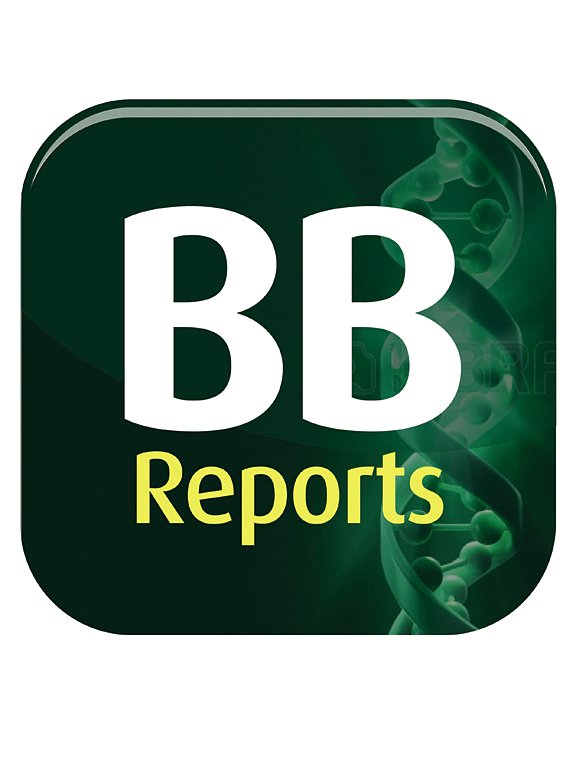Corallocarpus glomeruliflorus: Pharmacological potential revealed by phytochemical and in silico investigations
IF 2.3
Q3 BIOCHEMISTRY & MOLECULAR BIOLOGY
引用次数: 0
Abstract
Corallocarpus glomeruliflorus (CGP), a plant native to Yemen, has been traditionally used for the management of various health conditions, including cancer, inflammation, and diabetes. This study presents the first comprehensive phytochemical and pharmacological investigation of CGP, revealing novel molecular mechanisms and therapeutic potential. Phytochemical analysis of the CGP extract revealed the presence of diverse bioactive compounds, including phenols, flavonoids, and other secondary metabolites. Notably, this is the first report identifying maritimetin, assafoetidin, kaempferol 3-rhamnoside 7-xyloside, and lespenefril in CGP, compounds with significant therapeutic potential. The total phenolic content was 88.12 ± 4.48 mg GAE/g, significantly higher than previously reported for related species (63.78 ± 1.27 mg GAE/g), and the total flavonoid content was 22.1 ± 0.01 mg QE/g. The extract demonstrated superior antimicrobial activity against Pseudomonas aeruginosa compared to previous studies, with a zone of inhibition of 16.7 ± 1.53 mm at 200 mg/mL concentration. The CGP extract displayed strong antioxidant activity in DPPH, FRAP, and phosphomolybdenum assays, with an IC50 value of 48.39 ± 1.58 μg/mL in the DPPH assay, compared to 9.88 ± 0.54 μg/mL for the positive control ascorbic acid. Most significantly, the CGP extract exhibited more potent selective anticancer effects on human breast (MCF-7) and colon (HCT-116) cancer cell lines than previously reported for related Cucurbitaceae species, with IC50 values of 49.18 ± 2.81 μg/mL and 244.2 ± 9.86 μg/mL, respectively. Our novel molecular docking studies revealed previously unreported interactions between CGP compounds and key therapeutic targets, particularly Pim-1, PIK3CA, α-amylase, and Gyr-B, providing new insights into its mechanism of action.

求助全文
约1分钟内获得全文
求助全文
来源期刊

Biochemistry and Biophysics Reports
Biochemistry, Genetics and Molecular Biology-Biophysics
CiteScore
4.60
自引率
0.00%
发文量
191
审稿时长
59 days
期刊介绍:
Open access, online only, peer-reviewed international journal in the Life Sciences, established in 2014 Biochemistry and Biophysics Reports (BB Reports) publishes original research in all aspects of Biochemistry, Biophysics and related areas like Molecular and Cell Biology. BB Reports welcomes solid though more preliminary, descriptive and small scale results if they have the potential to stimulate and/or contribute to future research, leading to new insights or hypothesis. Primary criteria for acceptance is that the work is original, scientifically and technically sound and provides valuable knowledge to life sciences research. We strongly believe all results deserve to be published and documented for the advancement of science. BB Reports specifically appreciates receiving reports on: Negative results, Replication studies, Reanalysis of previous datasets.
 求助内容:
求助内容: 应助结果提醒方式:
应助结果提醒方式:


